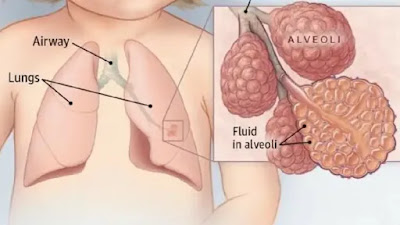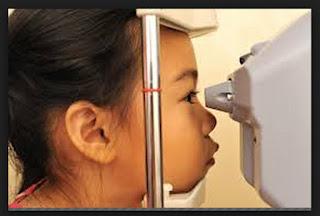Sexually transmitted diseases (STDs)other than HIV infection
Why. Early
identification of most STDs other than HIV infection is of proven effectiveness
in reducing morbidity and is though to reduce further spread. Many STDs are
asymptomatic until serious health damage has occurred and are also highly
contagious, even when asymptomatic. STDs other than HIV infection and hepatitis
B are generally curable with relatively simple treatments when detected
opportunely.
Who and when.
Regular screening of high-risk groups . intervals between screening will depend
on local resources and the education and motivation of the population at risk.
groups generally at high risk include heterosexuals with a number of partners
or whose partners have a number of partners , homosexual or bisexual men, and
prostitutes. In some areas, the criteria for high risk may be broader (see
earlier recommendations for screening pregnant woman and adolescents for STDs .
How and where.
Definitive diagnosis of STDs requires laboratory facilities and thus ,even if
primary care workers can be trained to take specimens, involves the use of
technically trained personnel. While screening may be carried out at a peripheral
health post, the processing of specimens will involve at least the resources of
a health centre with a laboratory, and potentially the resources of a district
laboratory. Communication system s are ceded for sending specimens, ensuring
timely delivery of results, notification of patients, and appropriate treatment
and follow-up , with preservation of confidentiality throughout.
The presence of one STD generally indicates the need to
consider others that are prevalent in the area. Chlamydia trachomatis infection
has become more prevalent than gonorrhea in many areas. Although cheaper
antibody-based methods have recently been developed for Chlamydia screening
(Trachtenberg et al ,1988), the expense of accurate Chlamydia screening may
necessitate, in most places, giving presumptive treatment for Chlamydia to
persons with culture-proven gonorrhea or relevant physical signs or symptoms or
history (USPSTF,1989).
Hepatitis B can be sexually transmitted and carriers may be
asymptomatic . homosexual and bisexual men, the female partners of bisexual
men, prostitutes, use of intravenous drugs, and people who have received
injections in unhygienic conditions are at risk. Unlike most other STDs,
hepatitis B is not curable. The goal of screening would therefore be to reduce
the likelihood of transmission; there is no evidence of the effectiveness of
such an approach, compared with efforts to promote safe sexual practice.
Resource levels
required. Low (enquiries regarding symptoms or risk factors)or medium to
high (laboratory testing)for detection; low or medium for treatment of
bacterial infections (antibiotics)and promotion of safe sex to prevent spread
of disease and reinfection.
Recommendation on use
of screening early detection. Recommended to screen high-risk groups and
pregnant women, confidentially and with informed consent. Early detection
through opportunistic screening (for symptoms, exposure, or risk of exposure,
or risk of exposure)is recommended, as is education for self-referral on the
bases of potential exposure . screening should be seen as an adjunct to other
preventive activities, including public education on the prevention of STDs,
the promotion of safe sexual practices, and the encouragement of self-referral
for signs or symptoms of STDs or possible exposure to them. Services for screening,
diagnoses, and treatment need to be confidential and readily accessible with special attection
to the needs and preferences of the groups at highest risk.




